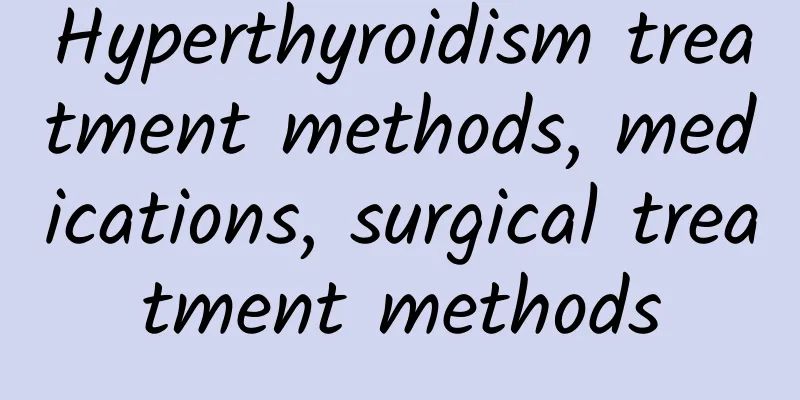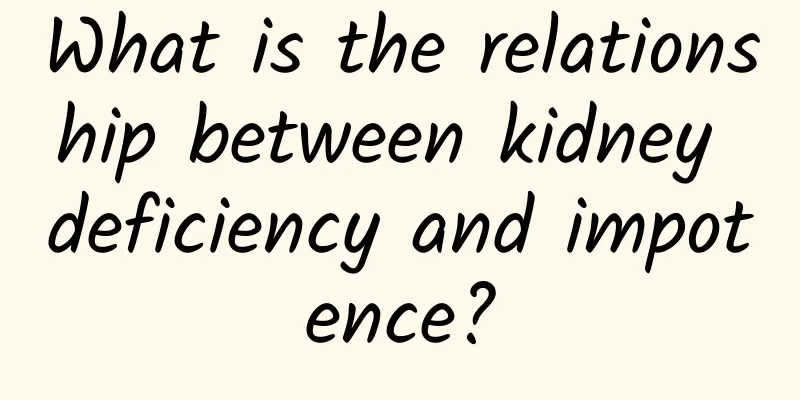How long can an elderly person live after a heart attack?

|
Elderly people often have many medical problems when they reach a certain age. Especially heart disease. Myocardial infarction is a serious disease problem. People should pay special attention to prevent more serious diseases from happening. And people who already have myocardial infarction must maintain their condition. Avoid deterioration. Once a myocardial infarction occurs suddenly, life-threatening dangers can be everywhere. It is also a problem that people often worry about. So how long can an elderly person live with a myocardial infarction? How long can an elderly person live after a myocardial infarction? How long an elderly person can live with myocardial infarction ultimately depends on the individual's condition, clinical symptoms, and the severity of the disease. It is recommended to maintain a calm and optimistic attitude and actively undergo treatment. Myocardial infarction, especially acute myocardial infarction, is a very serious cardiovascular disease. If the area of myocardial infarction is small and the blocked blood vessel is a relatively minor blood vessel, the relative risk will be smaller. If the blocked blood vessel is very critical, the risk will be very high and life-threatening, and may cause sudden death and some subsequent complications. Therefore, the prognosis is different depending on the different blocked blood vessels. If these problems are found, it is recommended to go to the hospital for relevant examinations as soon as possible and then receive symptomatic treatment. It may also cause arrhythmia, shock, heart failure, and is a serious type of coronary heart disease that can be life-threatening. Methods for treating myocardial infarction in the elderly 1. Thrombolytic therapy If there are no conditions for emergency PCT treatment, or the first balloon dilation cannot be completed within 90 minutes, and if elderly patients with myocardial infarction have no contraindications to thrombolytic therapy, patients with acute ST-segment elevation myocardial infarction within 12 hours of onset should receive thrombolytic therapy. Commonly used thrombolytic agents include urokinase, streptokinase, and recombinant tissue-type fibroblast activator (rt-PA), which are administered by intravenous injection. The main complication of thrombolytic therapy is bleeding, the most serious of which is cerebral hemorrhage. After thrombolytic therapy, it is still advisable to transfer to a hospital with PCI conditions for further treatment. Patients with non-ST-segment elevation myocardial infarction should not receive thrombolytic therapy. 2. Transluminal Coronary Angioplasty This method is used to treat myocardial infarction in the elderly. It aims to use a special balloon catheter to dilate the newly blocked blood vessels to allow them to be recanalized, so that the ischemic myocardium can be reperfused to save the dying myocardium. The blocked coronary artery is recanalized, the chest pain disappears, and the electrocardiogram improves rapidly. For patients with acute myocardial infarction who have no contraindications to thrombolysis, thrombolytic therapy should be the first choice. For patients who have failed thrombolysis or have residual high stenosis after thrombolysis and are suitable for PTCA, PTCA can be performed at a later date. For patients who have contraindications to thrombolysis or severe left ventricular dysfunction, hypotension, and shock, aortic-coronary artery bypass surgery can be performed with the support of intra-aortic balloon counterpulsation. 3. Anticoagulant therapy It can be considered for use in elderly patients with extensive myocardial infarction or infarction that is expanding. It should be contraindicated if there is a tendency to bleed, severe liver and kidney dysfunction, unhealed wounds from recent surgeries, or active ulcer disease. Use 50 mg of heparin intravenously every 6 hours for 2 days to control the coagulation time within 20-30 minutes. At the same time, take oral dicoumarin 200 mg as the first dose, 100 mg on the second day, and then 25-75 mg daily to maintain. You can also use warfarin 15-20 mg as the first dose, 5-10 mg on the second day, and then 2.5-5 mg daily to maintain. Make the prothrombin time about twice the normal level, and the course of treatment is at least 4 weeks. If bleeding occurs during the treatment period, anticoagulant therapy should be discontinued immediately. If it is caused by heparin, an equal amount of protamine should be given by intravenous drip. If it is caused by dicoumarins, vitamin K1 should be given by intravenous injection, 20 mg each time. |
Recommend
Middle-aged men should be alert to three things, it will be too late if they don't "save"
After men enter middle age, their physiological f...
When is male development?
We begin to pay attention to the changes in our c...
What food is good for treating hematospermia?
Many people may not have heard of hematospermia. ...
Men's urine is yellow and has a fishy smell
The health of male friends is also more susceptib...
What causes pain on one side of the testicle?
Dear male friends, have you ever encountered a si...
Can eating pig skin really improve men's beauty?
Many people have heard that eating more pig skin ...
What are the symptoms of vasculogenic headaches and how can they be relieved?
Many people have experienced headaches. Headaches...
Barley and red bean porridge for prostate
Older male friends usually worry about prostate p...
What to do if there is no sperm after testicular puncture
In recent years, more and more people are sufferi...
What is ED patient
ED is an English abbreviation, which means male e...
What should you avoid eating when your blood sugar is high? These three foods must be avoided
High blood sugar levels are often the biggest thr...
Itchy coronal sulcus
Generally speaking, male organs are very importan...
Do you have morning erections? What causes morning erections to suddenly disappear?
Morning erections for men are like "periods&...
What does a male orgasm feel like?
In life, it seems that women are worried about or...
Why is semen jelly-like?
Semen is something that is unique to men. It can ...









